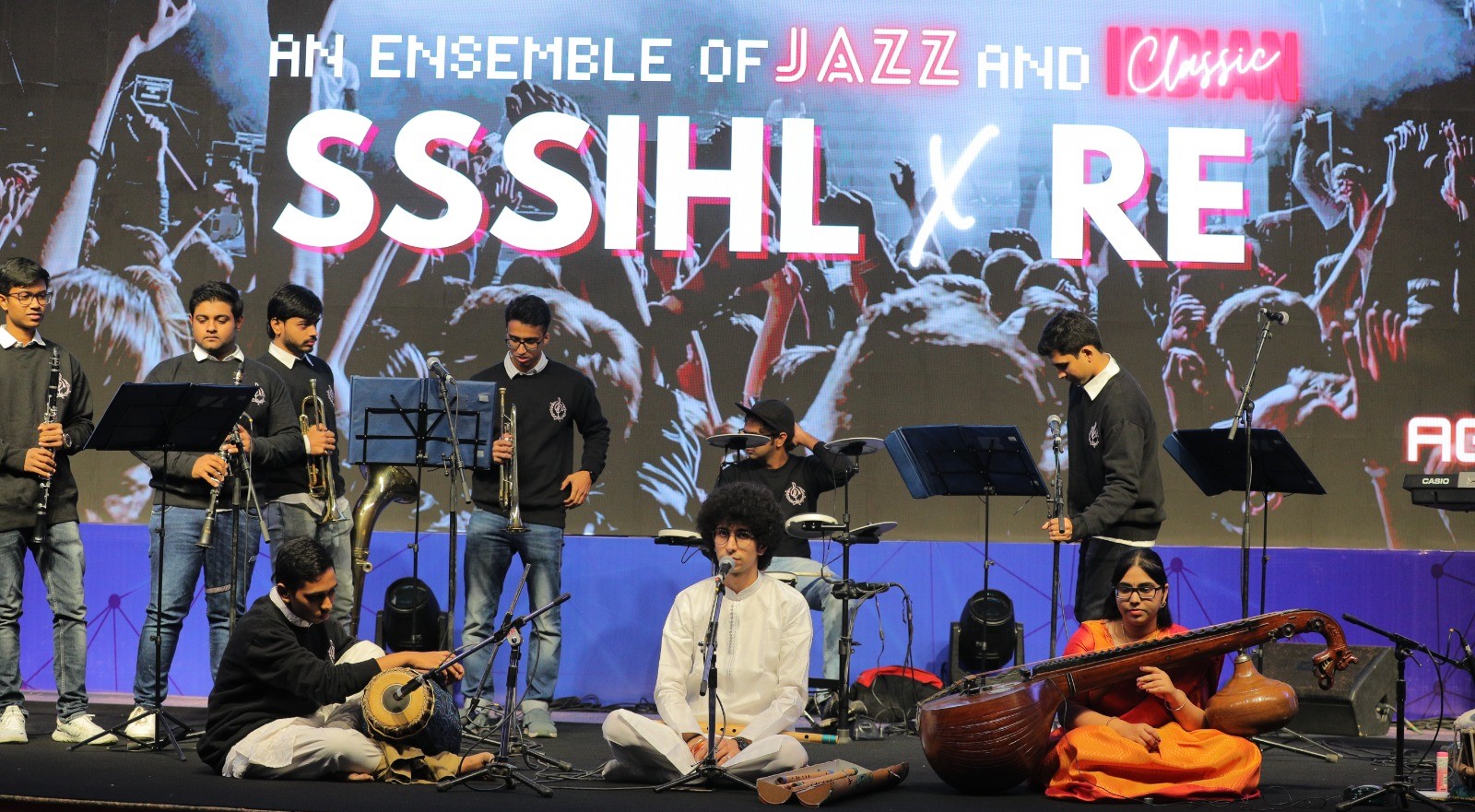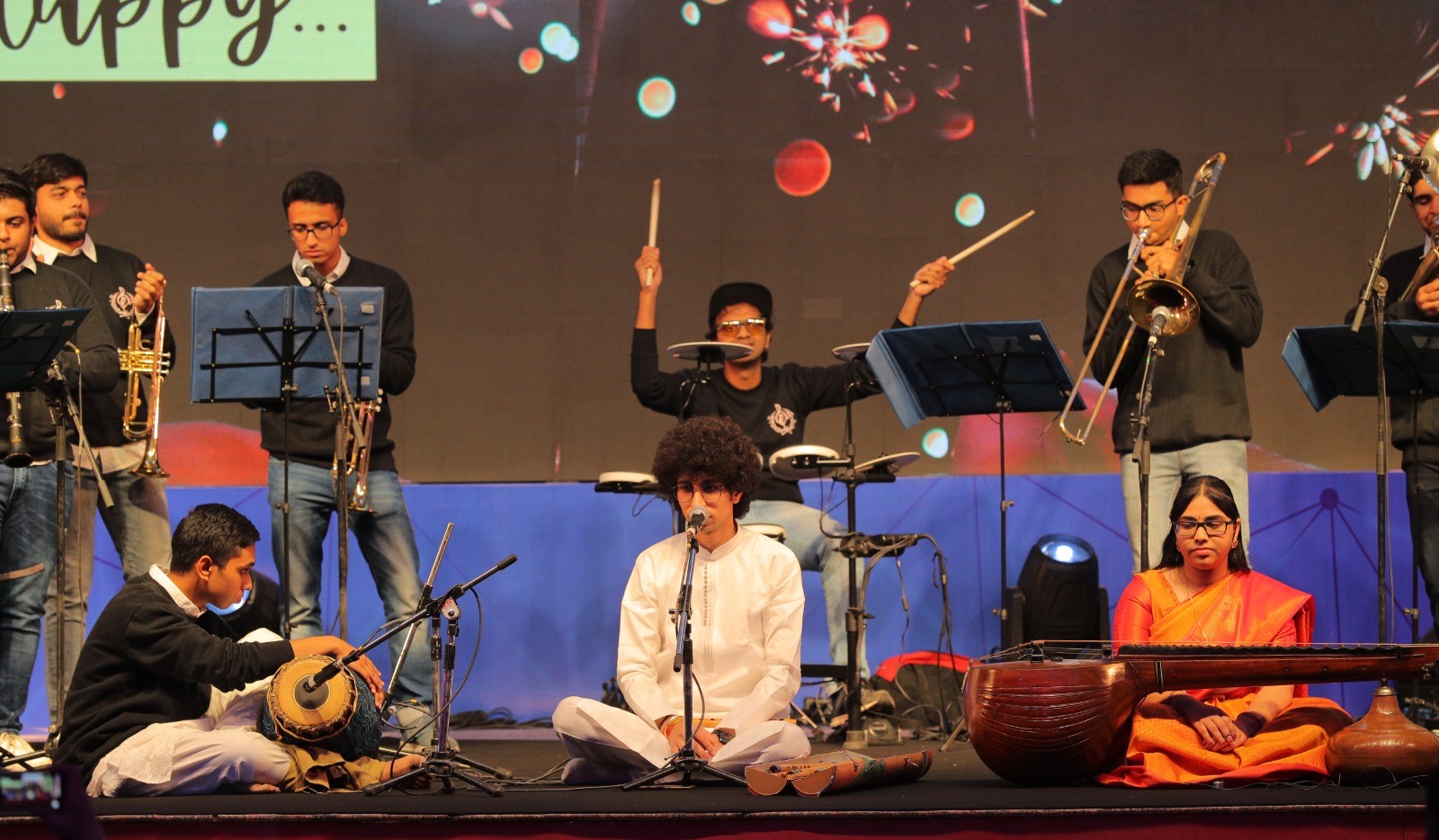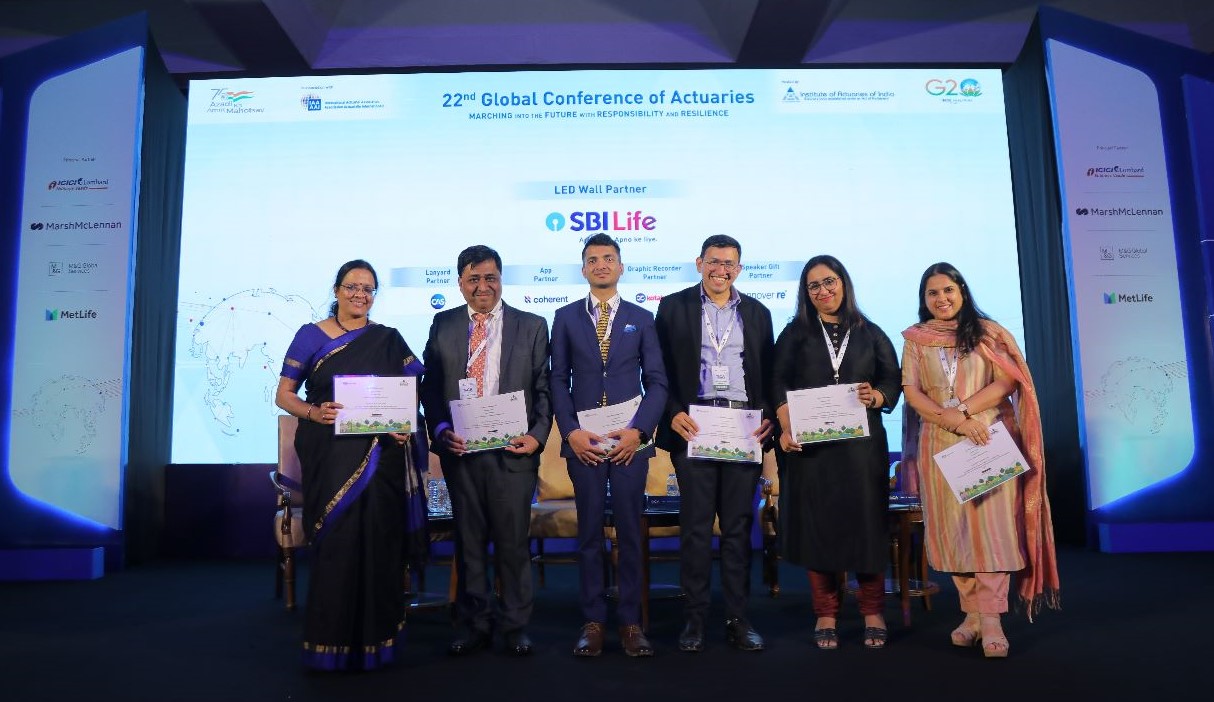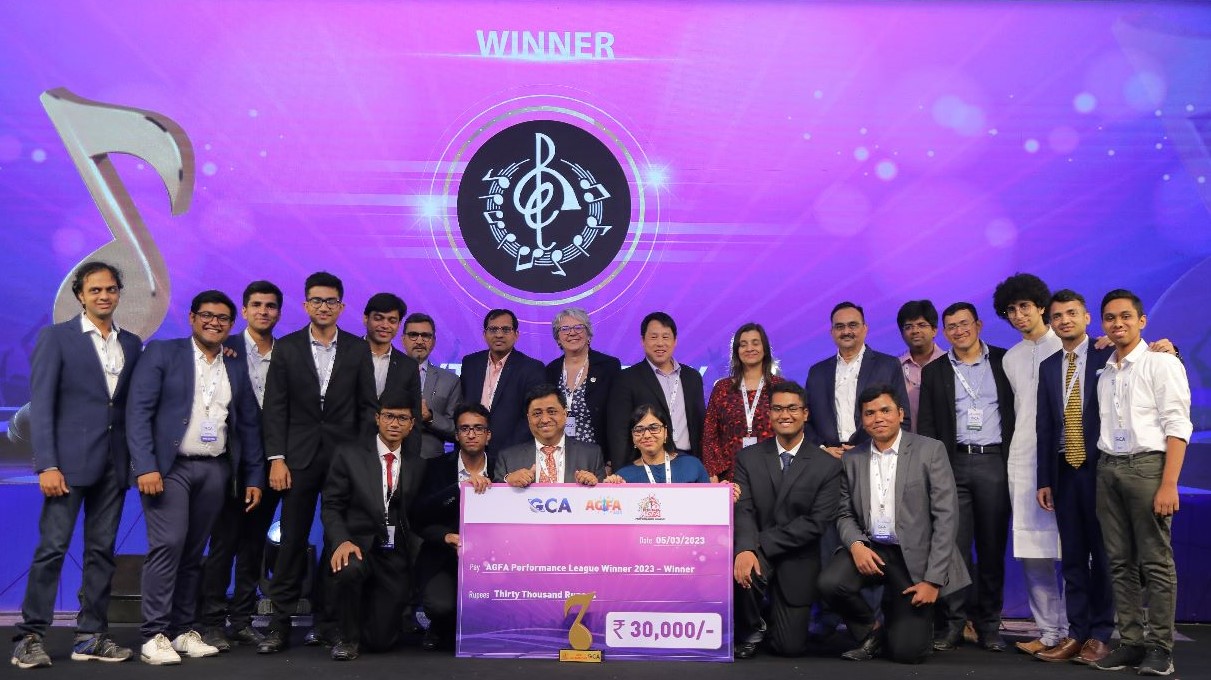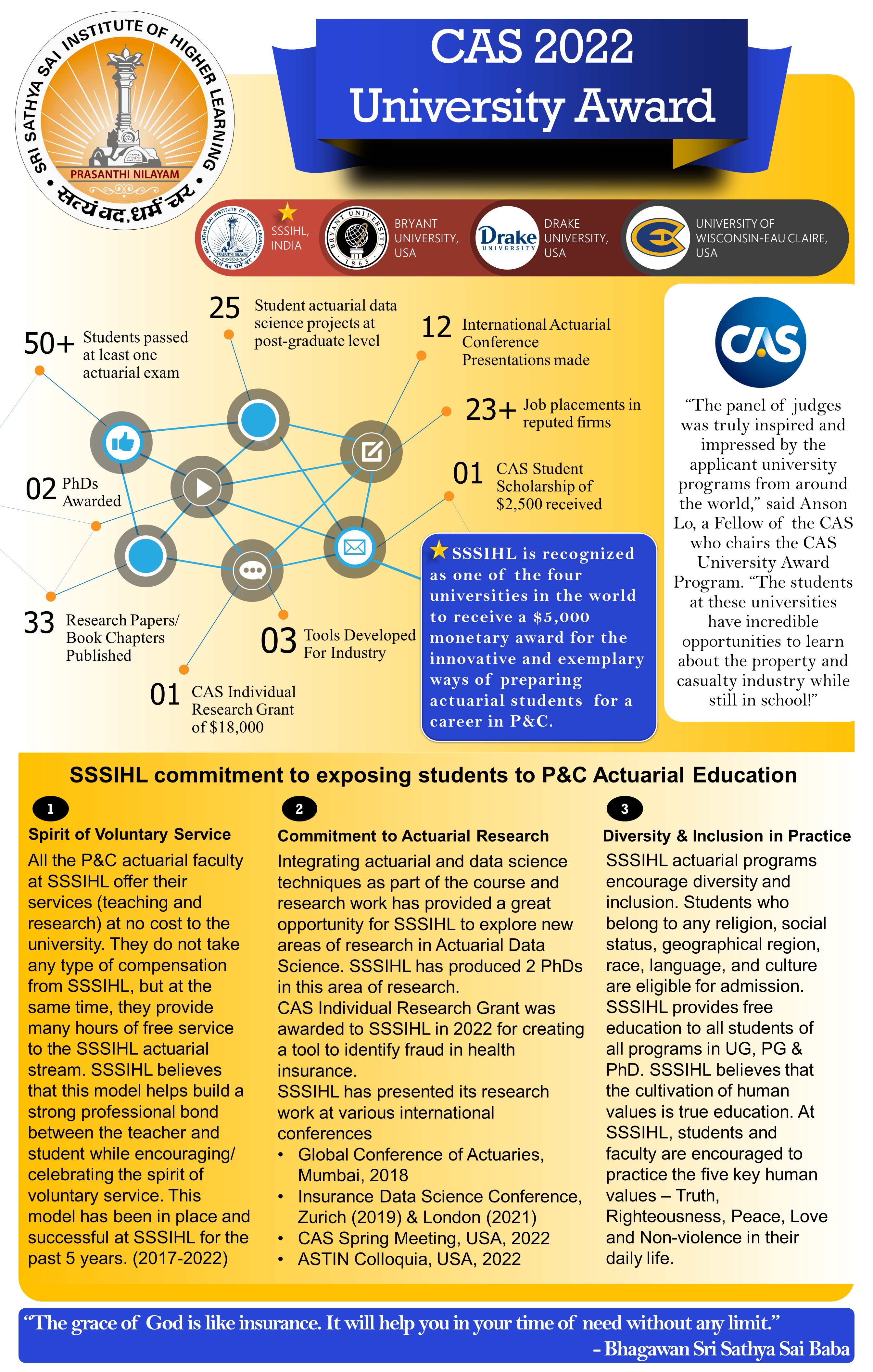The Actuarial Data Science (ADS) team from SSSIHL, Prasanthi Nilayam had the opportunity to participate in the Global Conference of Actuaries (GCA) from 4th to 6th March 2023 at The Ashok Hotel, New Delhi. Organized by the Institute of Actuaries of India (IAI) the conference featured a diverse range of sessions and workshops, covering topics such as risk management, insurance, pensions, and more. The team leveraged this golden opportunity to engage with other fellow actuaries and learn about the latest developments and trends in the industry through interactive discussions and exchange of ideas.
Sri Satya Sai Mudigonda, Adjunct Professor in Actuarial Science, SSSIHL, Dr. Rohan Yashraj Gupta, Visiting Faculty, SSSIHL, and Phani Krishna Kandala, AVP, Swiss re and Visiting Faculty at SSSIHL made two presentations on 5 March 2023 in the property and casualty session that was well received by the audience.
In the Cultural Segment, the SSSIHL ADS and Rhythmic Energy brass band comprising of current actuarial students and alumni was selected along with 4 other teams from across India to perform at the event. The team won first place with a cash award of Rs. 30,000 for their impressive and soulful performance.
During the visit, the SSSIHL ADS team met the SOA President, John Robinson, and the President IAI, Arunachalam, and discussed the possibilities of more research and collaboration.
View Detailed Report
View Pics
Video clips from the event (Courtesy: Institute of Actuaries of India)
Rhythmic Energy Performance at GCA: https://youtu.be/QI2VrkqduaA
Video clip – Award Ceremony at GCA: https://youtu.be/tHLiHqoYV2c


